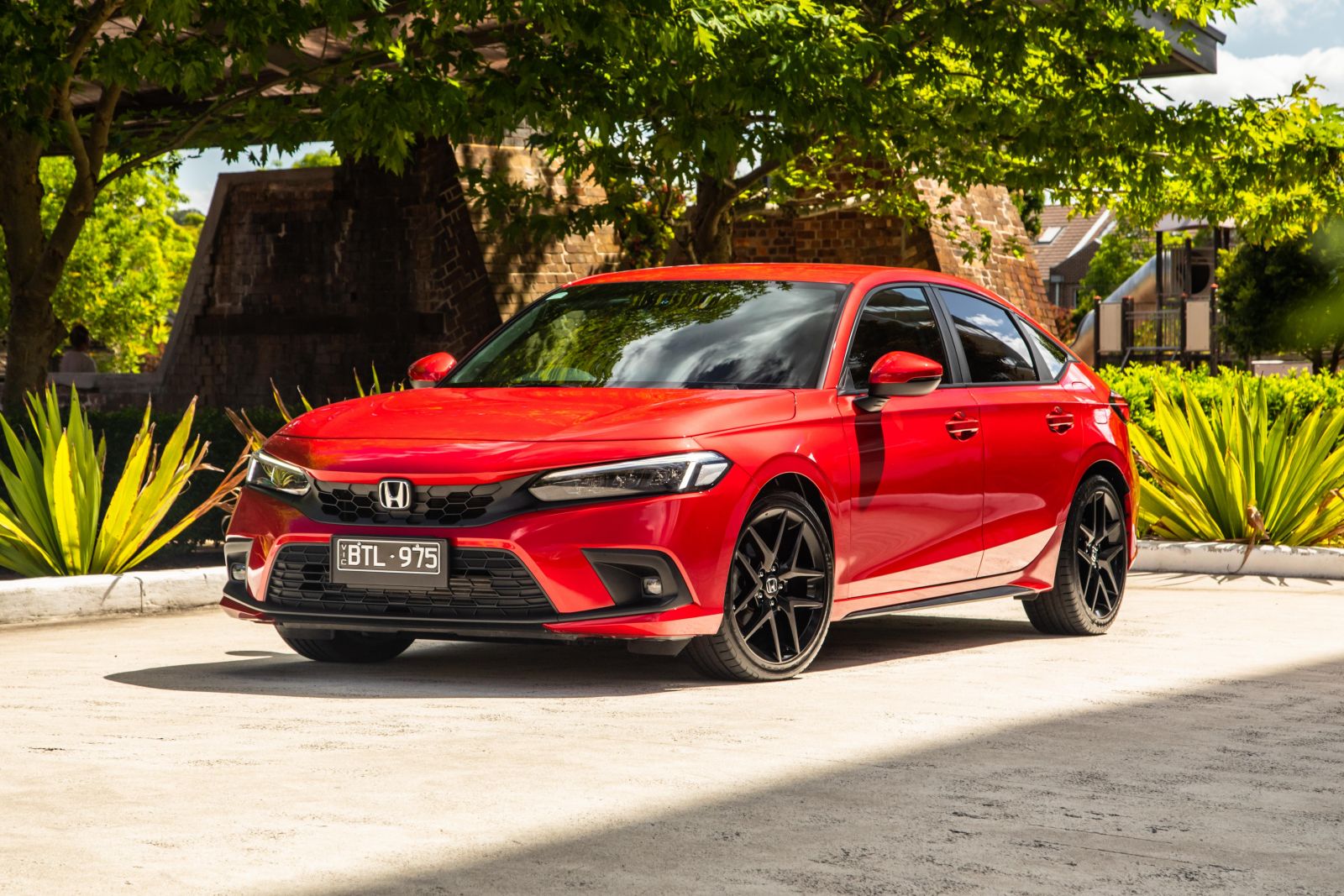Honda Australia won’t be the next Holden, with the company’s boss saying it’s here to stay.
“When we were getting into [the agency sales model], there was lots of talk about whether or not we’re gonna be here, if we were leaving the market,” said Honda Australia director Carolyn McMahon, who heads up the car division locally.
“That was a strategic move for us to be here for the next 50 years. And I hope today, in these fancy new digs, it demonstrates to you that we’re not going anywhere.
“We’re here to stay.”
The company has moved its local headquarters after 40 years to a more desirable Moonee Ponds location in Melbourne, and is opening a new 22,000 square-metre national distribution centre this August.
Its passenger vehicle, motorbike, marine and power equipment divisions are now located in the same place and the company is looking to find synergies.
Despite this, Honda Australia isn’t planning to reduce its staffing levels.
While Ms McMahon doesn’t call herself a car enthusiast, she is a loyal Honda employee – her first job was as an assistant to the managing director for Honda’s motorcycle division, and she has risen the ranks.
She has served as a director since 2017, served on the board, and now assumes the “front end” role Stephen Collins vacated last November.
He had been director of Honda Australia since September 2011, and chief operating officer of the automotive business since April 2022.
Mr Collins presided over Honda Australia’s switch to an agency sales model in July 2021, which sees it own all its own stock – instead of its franchise dealerships – and sell vehicles nationally at fixed prices.
This transition also saw Honda pare down its dealership network and model line-up and focus on higher-spec vehicles, with a corresponding adjustment to its volume targets.
Honda says 82 per cent of feedback on its Price Promise has been positive or neutral, and 84 per cent of its buyers go only to the one dealership – after all, they can no longer shop around at multiple Honda dealerships for the best price.
With the change, it set a volume target of just under 20,000 units annually. Last year, it sold 14,215 vehicles and, while it remains committed to the 20,000-unit goal for 2023, it cautions it is still experiencing issues with supply.
That’s still a long way down from Honda’s high watermark in 2007, when it sold 60,529 vehicles.
It sold 51,525 vehicles in 2018, and has declined every year since then.



